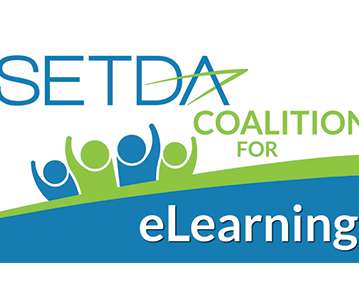Raising the Smart Classroom’s IQ – By Dr. Paul Fornelli
ViewSonic Education
OCTOBER 6, 2023
Smart Classrooms have become popular because they provide a flexible, self-paced learning environment; one that levels the playing field for students by making education more accessible to all types of learners. and whiteboard. overall user experience.






























Let's personalize your content